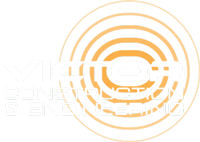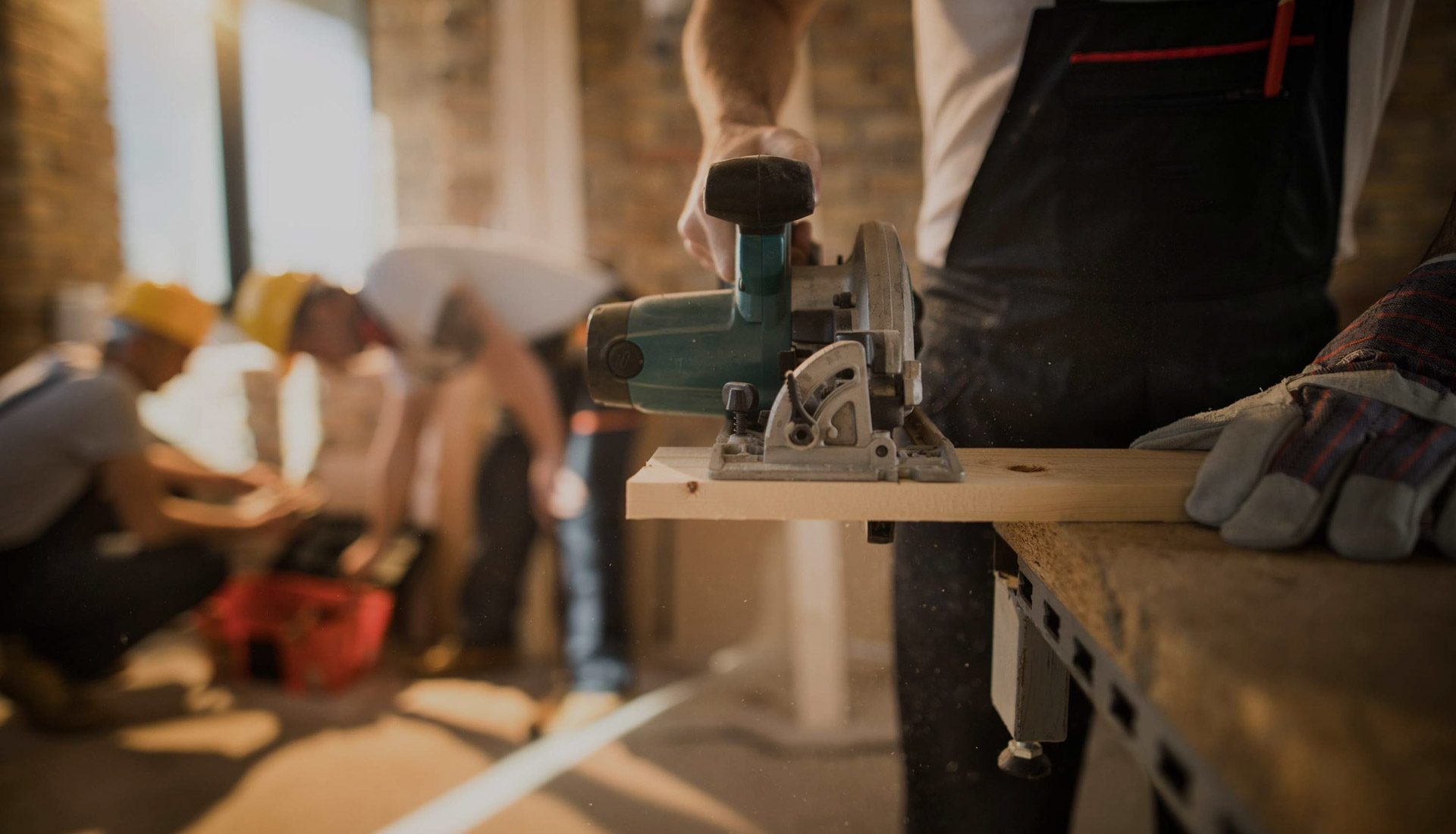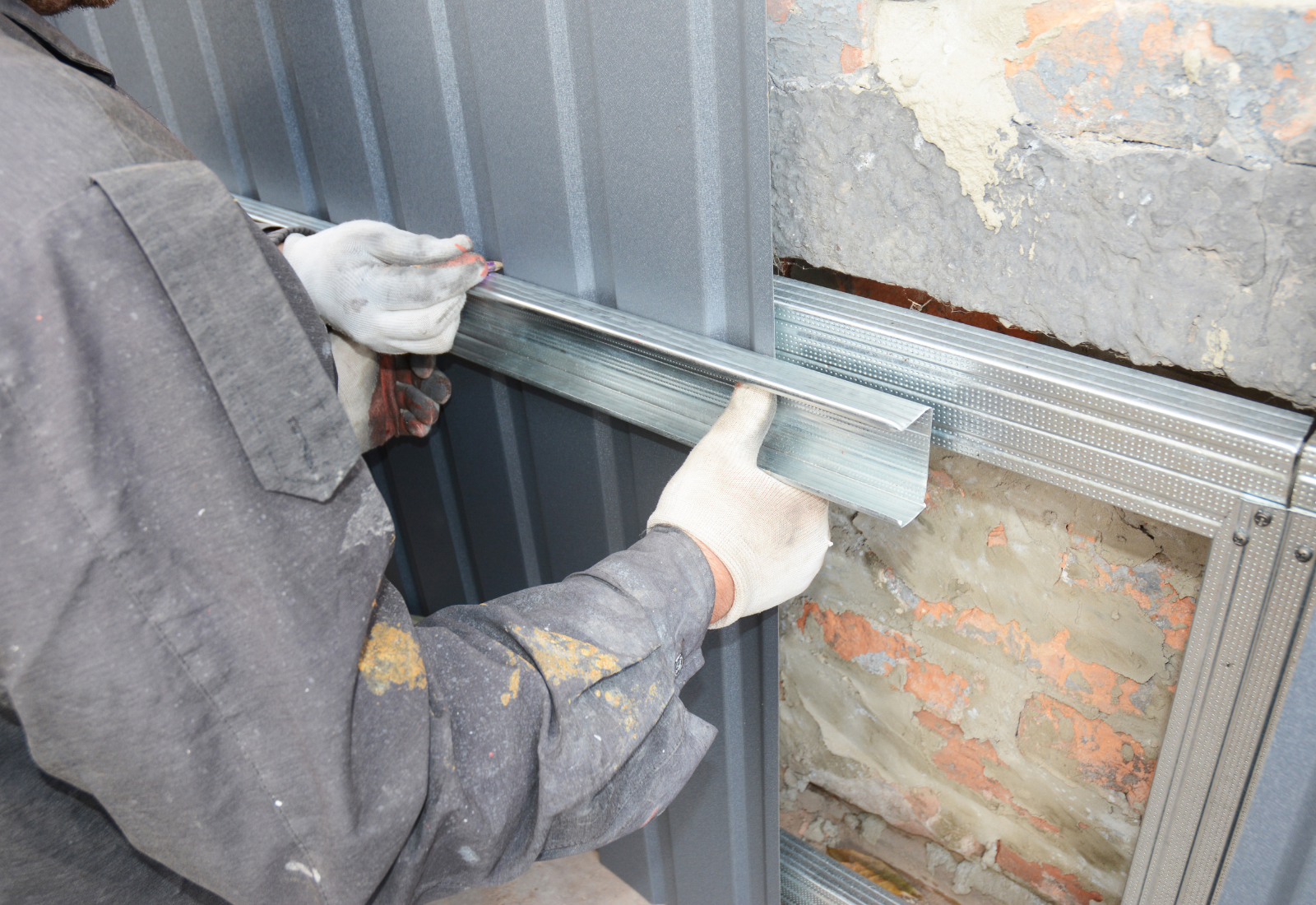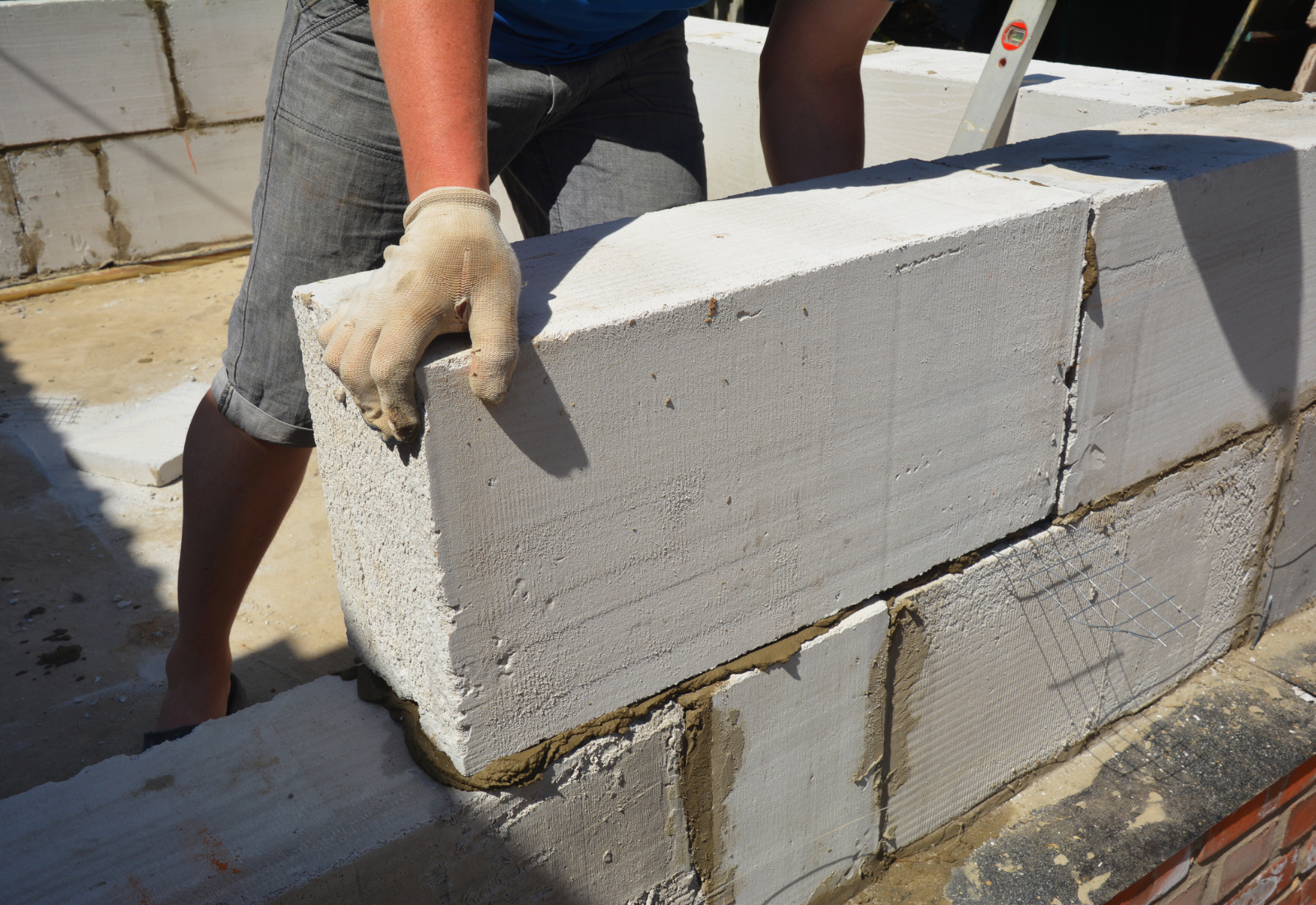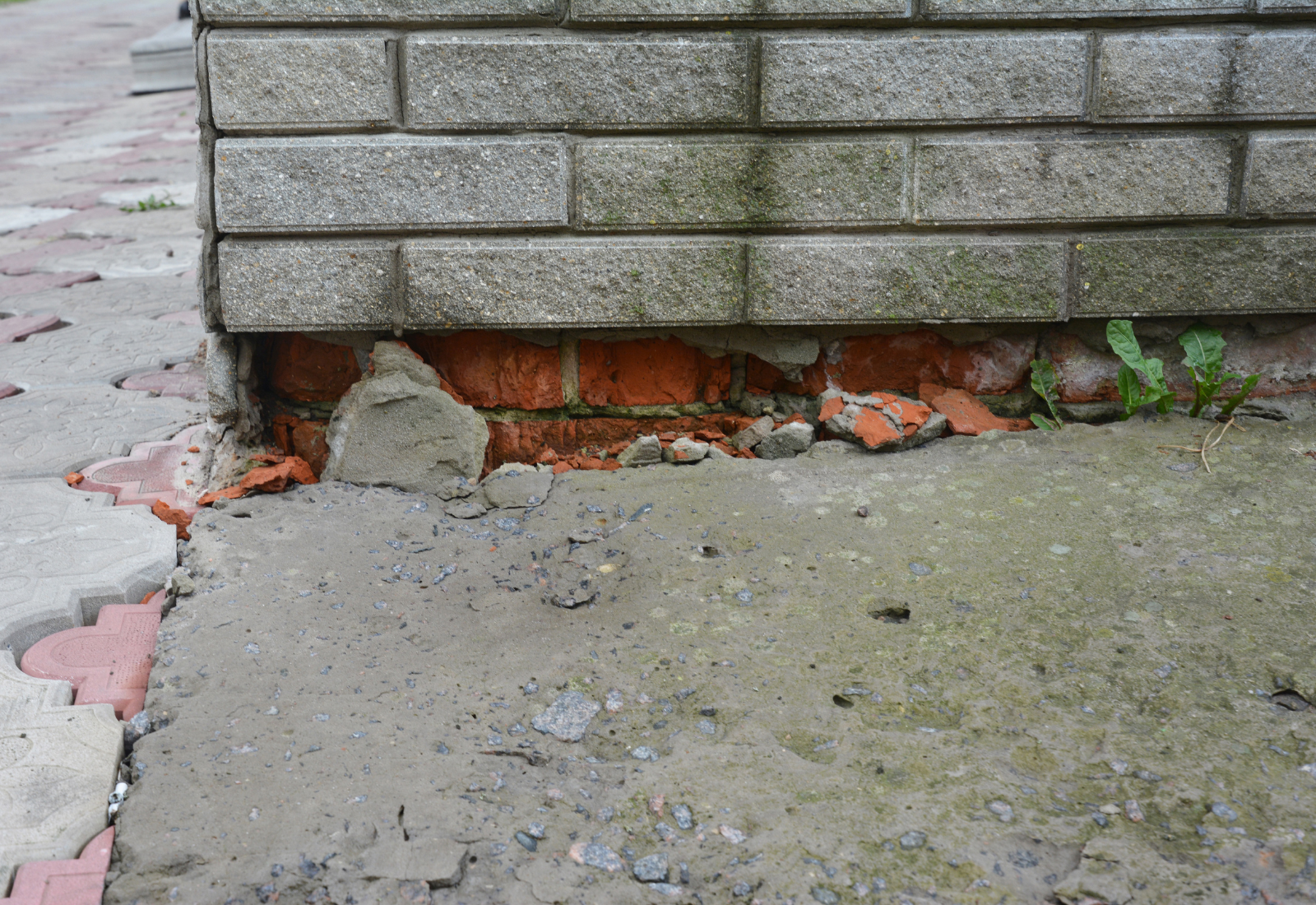
Foundation Repair vs. Foundation Replacement: Which is Right for You?
When it comes to foundation issues in your home, it’s essential to address them promptly to avoid problems down the road. However, deciding whether to repair or replace your foundation is not a straightforward choice. It depends on various factors, including the extent of the damage, your budget, and your long-term goals. Read on to learn about the differences between foundation repair and foundation replacement.
Understanding Foundation Problems
What Causes Foundation Issues?
Before delving into the repair vs. replacement debate, let’s examine the common causes of foundation problems:
- Soil Movements: Expansive clay soils, common in Marin County, can swell and shrink with changes in moisture levels, exerting pressure on your foundation.
- Water Damage: Poor drainage, heavy rains, or plumbing leaks can lead to water intrusion that weakens or damages your foundation.
- Tree Roots: Nearby trees can absorb moisture from the soil around your home, causing the soil to shrink and your foundation to settle unevenly.
- Age and Wear: Over time, all foundations can develop wear and tear, especially in older homes.
Foundation Repair: When Is It the Right Choice?
Foundation repair is often a viable solution for addressing specific issues without replacing the entire foundation. Here are some scenarios where foundation repair might be the right choice:
1. Minor Cracks and Settling
If you notice small, non-structural cracks in your foundation or minor settling, these issues can often be repaired without the need for a full replacement. Foundation repair methods like crack sealing and underpinning can address these issues effectively.
2. Cost Considerations
Foundation repair is generally more cost-effective than replacement. If your budget is limited, repairing specific problem areas can be an excellent way to extend the lifespan of your existing foundation.
3. Time Constraints
Foundation repairs are typically faster to complete than full replacements. If you need a quick solution to stabilize your home, repairs may be the way to go.
Types of Foundation Repairs
- Crack Injection: This method involves injecting epoxy or polyurethane resin into cracks to seal them and prevent further water intrusion.
- Underpinning: Underpinning is a process of strengthening the foundation by installing additional supports or piers beneath it, correcting settling or sinking issues.
- Grout Pumping: Grout pumping involves injecting a cement-like grout mixture into voids beneath the foundation to stabilize it.
- Carbon Fiber Reinforcement: Carbon fiber straps or strips can be added to strengthen and reinforce foundation walls, especially if they are bowing or showing signs of stress.
Foundation Replacement: When Is It Necessary?
While foundation repair is a viable option in many cases, there are situations where foundation replacement is the best course of action:
Extensive Damage: If your foundation has extensive structural damage, such as severe cracking, widespread settling, or major displacement, it may be more cost-effective and safer to replace it entirely.
Frequent Repairs: If you find yourself repeatedly addressing foundation issues with repairs, it may indicate that your foundation has reached the end of its useful life. In such cases, replacement can provide a long-term solution and peace of mind.
Remodeling or Expansion: If you’re planning significant home renovations or additions, it may be necessary to replace the foundation to accommodate the changes effectively.
Foundation Replacement Process
Foundation replacement is a more extensive and involved process compared to repairs. Here’s a brief overview of what to expect:
- Evaluation: A structural engineer will assess your current foundation to determine if replacement is necessary.
- Temporary Support: Your home may need temporary support structures to ensure stability during the replacement process.
- Demolition: The existing foundation is removed carefully, taking care not to damage the structure above.
- Excavation: The area around your home is excavated to accommodate the new foundation.
- Pouring New Foundation: The new foundation is poured, typically reinforced with steel for added strength.
- Curing: The concrete must cure properly before any further work can be done.
- Reconstruction: Once the new foundation is ready, the structure is reconstructed above it.
- Finishing Touches: Interior and exterior finishes are applied to complete the project.
Which Option is Right for You?
The decision between foundation repair and replacement is not one to be taken lightly. Consider the following factors:
Severity of Damage
Evaluate the extent of the damage to your foundation. Minor cracks and settling can often be repaired, while extensive damage may necessitate replacement.
Long-Term Goals
Consider your long-term plans for the property. If you intend to stay in your home for many years, a full foundation replacement may provide peace of mind and prevent future issues.
Budget Constraints
Foundation replacement is typically more expensive than repairs. Assess your budget and consult with professionals to determine what you can afford.
Expert Assessment
Engage a qualified structural engineer or foundation specialist to assess your foundation’s condition and provide expert recommendations.
Trust Victor Construction & Engineering for All Your Foundation Needs
When it comes to Marin County foundation repair and replacement, trust the experts at Victor Construction & Engineering. With our extensive experience in construction and engineering, we have the knowledge and skills to assess your foundation’s condition and recommend the best course of action.
Don’t let foundation issues jeopardize the safety and stability of your Marin County property. Contact Victor Construction & Engineering today for a comprehensive assessment and reliable solutions. Whether you need foundation repair or replacement, we’re here to protect your most significant investment and provide peace of mind for years to come.
